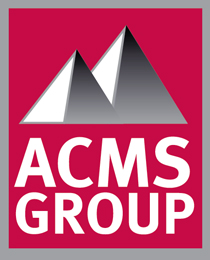Rooftop units (RTUs) are HVAC systems located on the roofs of commercial buildings for the purpose of providing air conditioning to specific parts of the premises. When designed correctly, these units are able to define the areas in the building that will get the cold air sent to them.
There are multiple types of units—some only handle fresh air with no recirculation, while others recycle air as much as possible. In the former, any return air is removed with external exhaust fans to maintain balanced air pressure.
Here’s a quick look at the construction RTU installations:
- Housing: The housing is the physical barrier that protects all of the electrical and mechanical components of the RTU from the elements, like wind, rain, snow, ice and sun. The housing must have some access panels so maintenance teams can get inside and do tune-ups and repairs when necessary.
- Hood: The RTU will generally have a hood at one end, which is where outside ambient air gets drawn into the system. The hood is shaped in such a way to prevent water, snow and debris from getting inside. There will likely be mesh across the air hood’s inlet to prevent animals and other objects from getting inside, which helps avoid damage and potential airflow blockages.
- Dampers: Some newer models may have dampers on them, which are sheets of metal that rotate together and allow air to enter the unit. Some types of dampers are able to vary their open positions between fully open and fully closed, which makes it easier to regulate the air flowing into the unit.
- Filters: Filters are designed to keep the air clean, capturing any dirt or debris that might otherwise make its way into the system with the fresh air. Without filters, the other components inside the system could get coated with dust and debris, reducing the entire system’s effectiveness and efficiency and resulting in more expensive operation, as well as increased wear and tear.
- Coils: Coils are used for heating and cooling the air by either removing or adding thermal energy. Depending on the environment in which the RTU is installed and the conditions it faces, the unit could be either only for cooling or heating. Units that are cooling only will have a coil connected to a refrigeration unit, and units that are heating only will be connected to a gas burner, heat pump or electrical heating unit. If it is designed for both heating and cooling, it will either have a pair of heat exchangers or an electrical heater.
- Fan: The fan is typically belt-driven, but could be an energy-efficient EC fan. The fan pulls in air from the outside, forces it through the dampers, coils and filters and pushes it into the ductwork.
For more information about the function and construction of rooftop units, we encourage you to contact the team at ACMS Group to learn more about our commercial HVAC and project management services. We look forward to discussing RTU installations, including the natural gas piping that allows for heating capabilities.
